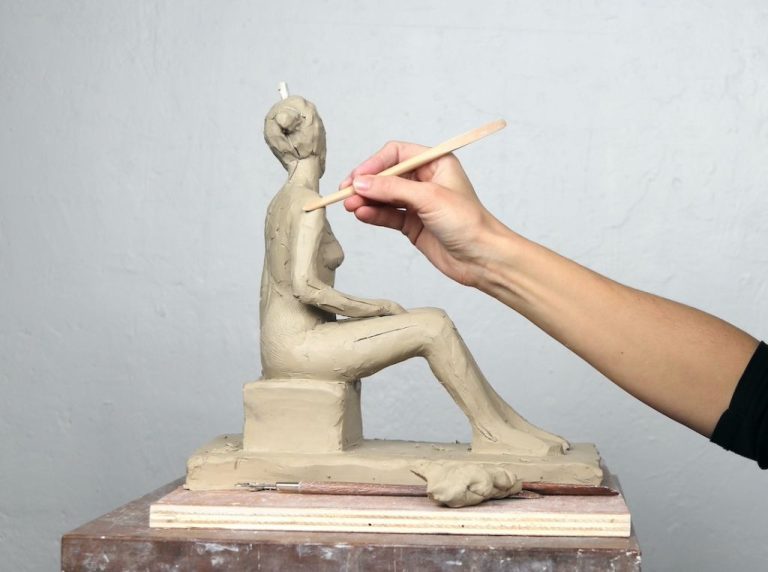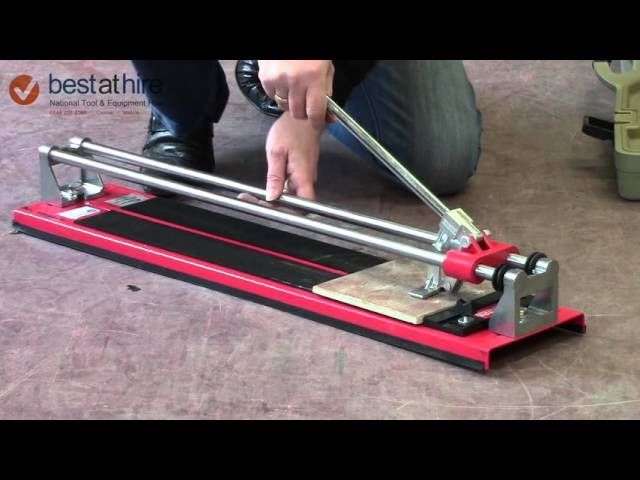What Is The Disadvantage Of Clay Cookware?
Poor Heat Conductivity
Clay is a poor conductor of heat compared to metals like copper or iron. This is due to the low thermal conductivity of clay, which measures how well a material conducts heat. According to research, clay has a specific heat capacity of 0.33, while copper’s is 0.09 – almost four times lower (The Laws of Thermo-Culinary Dynamics).
The poor heat conductivity of clay cookware means it heats up quite slowly and unevenly. This can lead to hot spots forming in clay pots and pans, resulting in food burning in some areas while remaining undercooked in others. The slow heating of clay also means cooking times need to be increased. So clay cookware requires more time, care and observation during cooking to prevent ruining dishes.
Brittleness
Clay pots and pans are brittle and prone to cracking or breaking, especially if subjected to rapid temperature changes or impact. The porous material can expand and contract significantly when heated or cooled quickly, leading to thermal shock that causes cracks or shatters the clay. Scratches or chips in the surface from utensils can also progress to larger fractures over time.
Even small impacts like banging the cookware or dropping it a short distance can cause chips, cracks, or complete breaks due to the brittle nature of fired clay. Handling with care is required when using, cleaning, and storing clay cookware to prevent damage from drops or bumps. The brittle material also limits the ability to use metal utensils that could scratch the surface.
Compared to metal or glass cookware, clay pots and pans require more cautious use to avoid cracking or fracturing. Their delicate nature makes them prone to breaking if mishandled.
Porosity
One disadvantage of clay cookware is that it is porous in nature. This means that the clay material has small holes and openings within its structure. As a result, liquids and oils can easily seep into the clay during cooking.

The porosity of clay pots and pans leads to staining over time as ingredients get absorbed into the material. This staining can be difficult to remove, leaving cookware permanently discolored. Additionally, flavors and odors can transfer between different dishes as they get imparted into the clay (source). For example, a strong curry cooked in a clay pot may leave hints of those spices behind, affecting the next meal prepared.
While some cooks appreciate the seasoning effect porosity produces over time, others find this seepage of liquids to be a downside. It makes it hard to thoroughly clean the cookware and prevent cross-contamination of flavors.
Heavy Weight
Clay cookware tends to be thicker and heavier than other materials like aluminum or stainless steel. According to Lakeside Pottery, a 10-inch dinner plate made from clay can weigh around 2 pounds. In comparison, an aluminum or stainless steel plate of the same size usually weighs less than 1 pound. The added weight makes clay cookware more cumbersome to handle, especially when full.
Lifting and moving heavy clay pots and pans can be tiring and even dangerous if dropped. The weight also makes clay cookware harder to store neatly in cabinets. Some people may find the heft too burdensome for regular cooking. Care needs to be taken when handling clay cookware to avoid injury.
Requires Seasoning
Clay pots are porous and need to be seasoned before their first use, similar to cast iron cookware. This seals the pores of the clay and creates a natural non-stick surface. Seasoning involves coating the inside of the pot with a thin layer of oil, then heating it to allow the oil to polymerize and bond to the clay. Common oils used are vegetable, coconut, or flaxseed oil. The seasoning process may need to be repeated a few times for better results.
Over time and repeated use, the seasoning on a clay pot can wear away. When this happens, the clay will need to be re-seasoned to restore its non-stick patina. Some signs of seasoning wearing off are food sticking or a light white film appearing inside the pot. Proper maintenance and care is required to keep clay pots in good condition.
According to https://www.sharmispassions.com/how-to-season-claypot/, clay pots must be seasoned by coating them in oil and heating to create a natural non-stick surface.
Not Non-Stick
Clay has a naturally porous surface which makes it the opposite of non-stick. Food is prone to sticking without proper seasoning. According to Miriam’s Large & Small Pans – 2.5qt & 1.25qt, “Pure-clay pots and pans are naturally non-stick and once seasoned, they become very easy to use and clean.” Proper seasoning is required to make clay cookware more non-stick. The porous surface allows food to get stuck in all the little grooves and pits. With use over time, clay pans become smoother as food particles fill in some of the pores. But they will never be as slick as ceramic or Teflon-coated pans.
Chemical Leaching
One potential downside of clay cookware is that acidic foods like tomatoes can sometimes cause lead and other minerals to leach out of the clay material and into the food. This leaching effect is especially a concern if the cookware has a lead-based glaze or decoration. According to El Kutry (2020), some glazes may contain harmful metals like lead and cadmium that could potentially get into food during the cooking process if the glaze is unstable.
However, most modern clay cookware sold today is lead-free and safe for cooking acidic ingredients like tomatoes. Reputable brands will clearly specify if their products are lead-free. It’s also a good idea to season clay cookware properly, as the seasoning creates a natural non-stick surface that minimizes contact between acidic foods and the clay material itself (Miriam’s Earthen Cookware, 2022). With high quality, lead-free clay pots and proper seasoning, chemical leaching is generally not a major concern for most home cooks today.
El Kutry, M. S. (2020). Evaluated the lead levels at boiling water in clay pots and the effect of acidic media on it. Bulletin of the National Research Centre, 44(1), 1-7. https://bjbas.springeropen.com/articles/10.1186/s43088-020-00043-1
Lead in Pottery: How to Avoid it and the Best Choice for Cooking. (2022, April 14). Miriam’s Earthen Cookware. https://miriamsearthencookware.com/mec-blog/lead-in-pottery-clay-cooking-no-lead-cadmium/
Higher Cost
Quality clay pots and pans tend to be more expensive than basic pots and pans made of other materials like aluminum or stainless steel. According to Amazon, many quality clay pots and pans range from $20 to $60 or more, with large pots over $100.
The higher cost is due to the materials and labor involved in handmaking quality clay cookware. Factors that increase the price include the type of clay used, the quality of workmanship, and any decorative elements or glazing. While inexpensive clay pots are available, they tend to be lower quality and may crack or chip over time.
The benefit of the higher cost is that quality clay pots and pans can last for many years with proper care. So the long lifespan helps justify the initial investment. However, the higher cost can deter some buyers who don’t want to spend more than other basic cookware.
Limited Use
One downside of clay cookware is its limited use on high, direct heat. Clay pots do not conduct heat well and can crack if exposed to sudden temperature changes. According to Food and Wine, clay pots should be “heated gradually to prevent cracking or crazing” (source). This makes clay unsuitable for high-heat cooking methods like stir-frying, deep-frying, or searing. Clay pots work best with gentler cooking techniques like simmering, stewing, braising, and slow roasting.
While modern clay pots made with additives can withstand stovetop use, they still cannot handle the extreme temperatures of broilers or grill grates. Pure clay pots must be kept away from direct flames entirely. This limits what dishes you can prepare and what cooking techniques you can use.
Short Lifespan
With careful use, quality clay cookware may only last a few years before needing replacement compared to other materials. According to How Long Do Ceramic Pans Last and Are They Worth It?, on average, ceramic cookware needs to be replaced every 2-3 years, depending on how it’s used. Cooking over high heat or using metal utensils or abrasive scouring pads can damage the clay and shorten its lifespan.
On the Ceramic Arts Daily forums, ceramic artists report clay cookware lasting from a few years up to thousands of years if kept intact and properly fired. However, daily use exposes clay cookware to more stresses that can cause chips, cracks, and breakdown over time. With proper care clay pots may last longer, but they tend to be more fragile than other materials.



